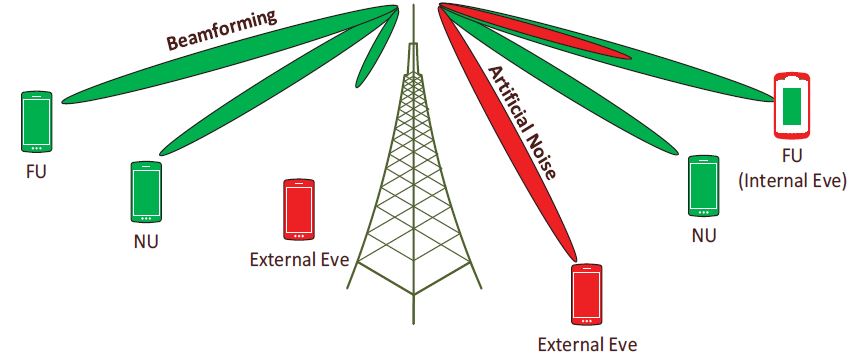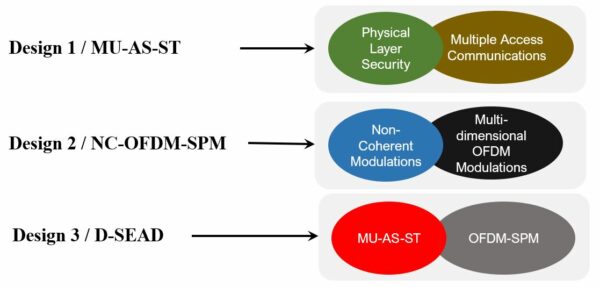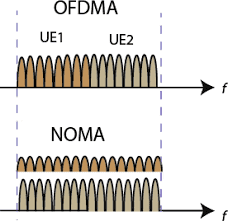Description
The inherent broadcast characteristics of wireless communication make it vulnerable
to passive eavesdropping. Conventionally, security techniques in the upper
layers like cryptography-based techniques have been employed for secure transmission.
However, such security techniques may not be adequate for future decentralized
networks due to their high complexity of implementation and computation.
Furthermore, the emergence of powerful computing devices makes these
techniques vulnerable to sophisticated adversaries. To cope up with these problems,
physical layer security (PLS) techniques have attracted a lot of attention.
PLS techniques exploit the dynamic features of wireless communications, for example,
the randomness of the channel, interference, and noise, etc., to restrict
the eavesdropper from decoding the data while ensuring the successful decoding
of data for the legitimate user. In this thesis, novel security techniques are
proposed and developed based on the physical layer of wireless communication
to provide secure communication against eavesdropper. The main approaches
in the conducted research include the security techniques for the applications
in the following domains: multiple-input-multiple-output (MIMO), cooperative
communication, orthogonal frequency division multiplexing (OFDM), orthogonal
frequency division multiplexing with index modulation (OFDM-IM), cognitive radio
(CR), non-orthogonal multiple access (NOMA), and heterogeneous networks.
Moreover, an intelligent framework for physical layer security is also presented.







